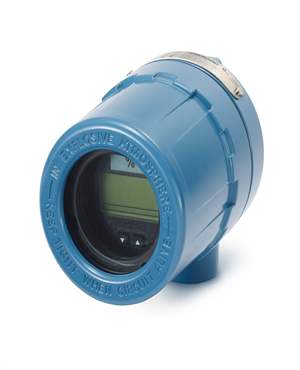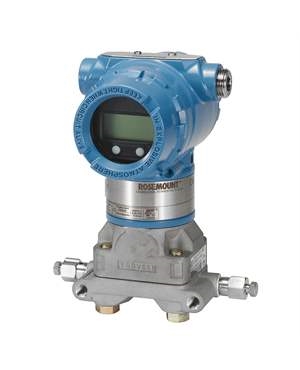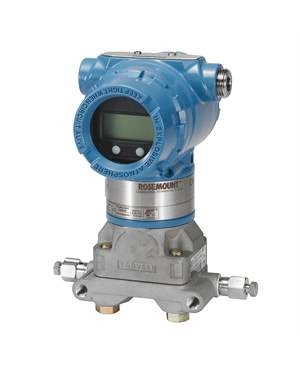5 Reasons Why Gauge Pressure Transmitters Fail and Tips to Avoid Safety Risks
Brian Craig
June 21, 2021
Internal process pressure measurement is an important requirement in many industrial fluid systems. This pressure is measured using pressure gauges or gauge pressure transmitters. Thus, it can be rightly said that gauge pressure transmitters are an integral part of pressure warning systems in many industrial facilities. A pressure point is set and any value above and below that can impact the process quality, and may pose risk for operators and people working in the vicinity. However, pressure gauges may fail to perform as expected and this may be largely due to the failure of these devices. There are several reasons for the failure of these pressure gauges. Are you intrigued to know what they are and how these reasons can be prevented or fixed before they escalate? If it sounds yes, perhaps, this post is for you. It analyzes the top 5 reasons for gauge pressure transmitter failure and their fixing tips.

5 Common Causes of Gauge Pressure Transmitters
If a gauge pressure transmitter fails to perform as expected, you can trace it to one of these reasons or a combination of these.
1. Mechanical Vibration: This is one of the most common causes of failure of gauge pressure transmitters in industrial facilities. Vibration can affect the gauge accuracy in two ways – the vibrating gauge makes it difficult to read the pointer on the scale; the pointer may damage due to excessive vibration and this may produce inaccurate readings as the pointer moves away from zero.
Signs of Damage Due to Mechanical Vibration:
- A detached pointer in case of severe vibrations
- Dust like halo observed inside the window of the gauge which may be an indication for worn segment gears and pinion
Tips to Avoid Vibration: You can choose a gauge that resists vibration. It is always better to choose a direct-drive gauge or liquid-filled gauge with a single moving part.
2. Overheating: Many industrial processes are operated at high temperatures, which may cause overheating of industrial pressure gauges. The strain of high temperatures can be felt at the Bourdon tube.
Signs of Damage Due to Overheating:
- Melted dial, window, or case of gauge, and this disfiguration may be brought by hot media
- Discolored liquid fill or dial if the pressure gauge is mounted too close to the system with excessively hot gas or liquids
Tips to Avoid Overheating: Try to choose a pressure gauge with a high temperature rating, as it can easily withstand high temperatures while accommodating temperatures of actual systems. If the gauges are chosen for excessively hot environments, it is recommended to choose a gauge with a cooling element or diaphragm seal.
3. Pressure Spikes: Pressure spikes occur when the pressure increases and drops suddenly. This may affect the working of a pressure gauge.
Signs of Damage Due to Pressure Spikes:
- Broken stop pin
- Broken or nicked pointer that hits the stop pin
- Bent pointer
Tips to Avoid Pressure Spikes: Install an overpressure protector to avoid pressure spikes. These protectors inhibit readings that go beyond the set gauge capacity.
4. Corrosion: Many processes use highly corrosive media and often these pressure gauges come in touch with this media. Sustained exposure damages the gauge.
Signs of Damage Due to Corrosion:
- Deterioration of dial, connection, pointer, and gauge case
- Discoloration of gauge case
Tips to Avoid Corrosion: Use a diaphragm seal made of corrosion-resistant materials to isolate corrosive media and pressure gauge.
5. Pulsation: This can be a result of rapid pressure increase and decrease of media used in pressure gauges. Pulsation may lead to wear and tear of components and also make it difficult for operators to obtain accurate readings. At times, it may lead to the failure of the whole system.
Signs of Damage Due to Pulsation
- Broken or loose pointers in extreme cases
- Fluttering pointers
Tips to Avoid Pulsation: Choose a liquid-filled case and install a restrictor to dampen pulses on a gauge.
Now, being equipped with the right information for detecting and preventing the failure of gauge pressure transmitters, you can easily ensure the safety of your people and processes. Having said that, one should not ignore the importance of using quality pressure gauges sourced from trusted suppliers like The Transmitter Shop or TTS. The company provides pressure gauges from industry-leading brands and has been serving clients from chemical processing, water and wastewater management, hydraulics and pneumatics and other industries for several years now.
Related Posts
- Key Sensors for Monitoring Emissions in Wet and Dry Scrubber Systems
- Complete Hydrogen Gas Safety and Measurement Solutions
- Steam Boiler Drum Level Measurement A Comparison of Control System Technologies
- Furnace Flame Sensor Faults Everything You Need to Know for Safe Operation
- Comparison between Multi Valve Manifolds Block Valves and Bleed Valves
- Furnace Flame Sensor Faults Everything You Need to Know for Safe Operation
- Pneumatic Pressure Controllers: A Safe Choice for Hazardous Areas
- How Can Greenhouse Gas Emissions Be Reduced?
- A Practical Guide to Vacuum Measurement and Operation
- Understanding Electrochemical Detection: Principles, Techniques and Environmental Application
QUICK ENQUIRY







